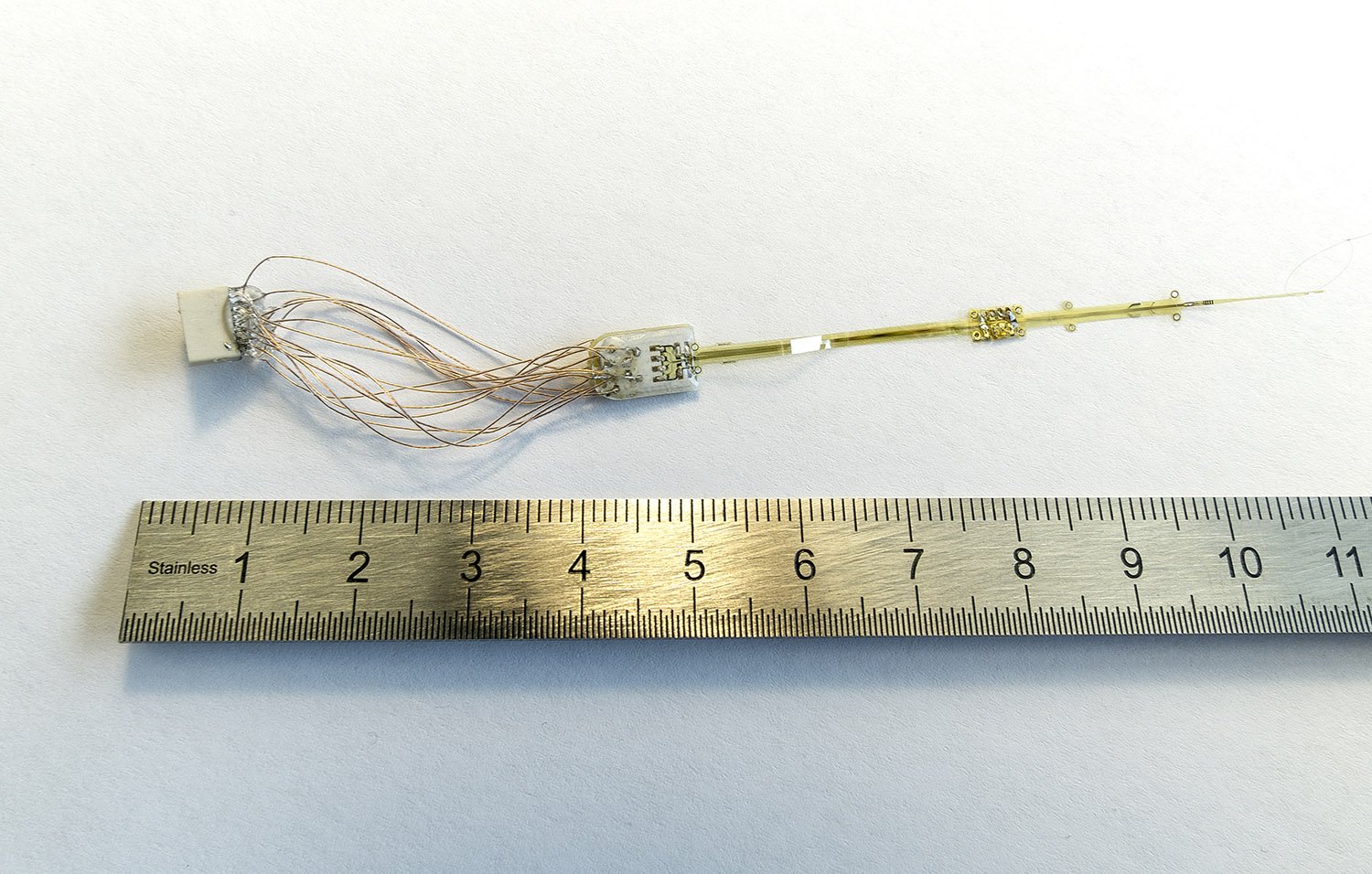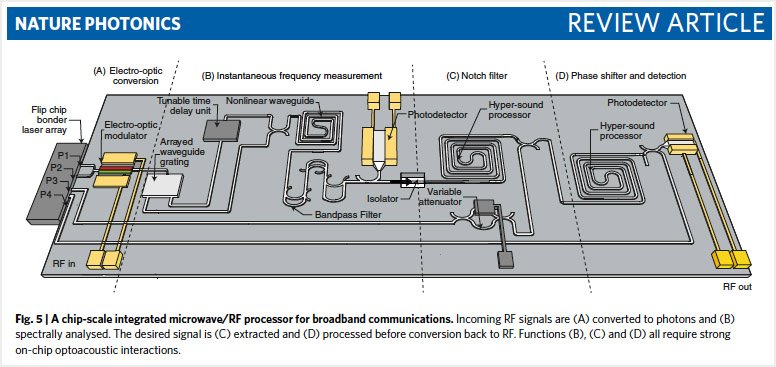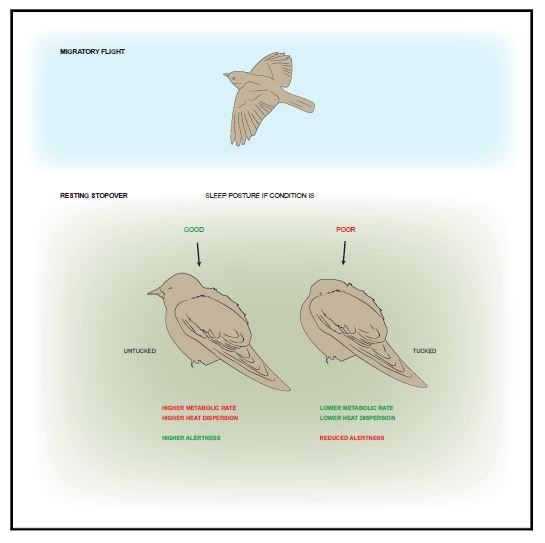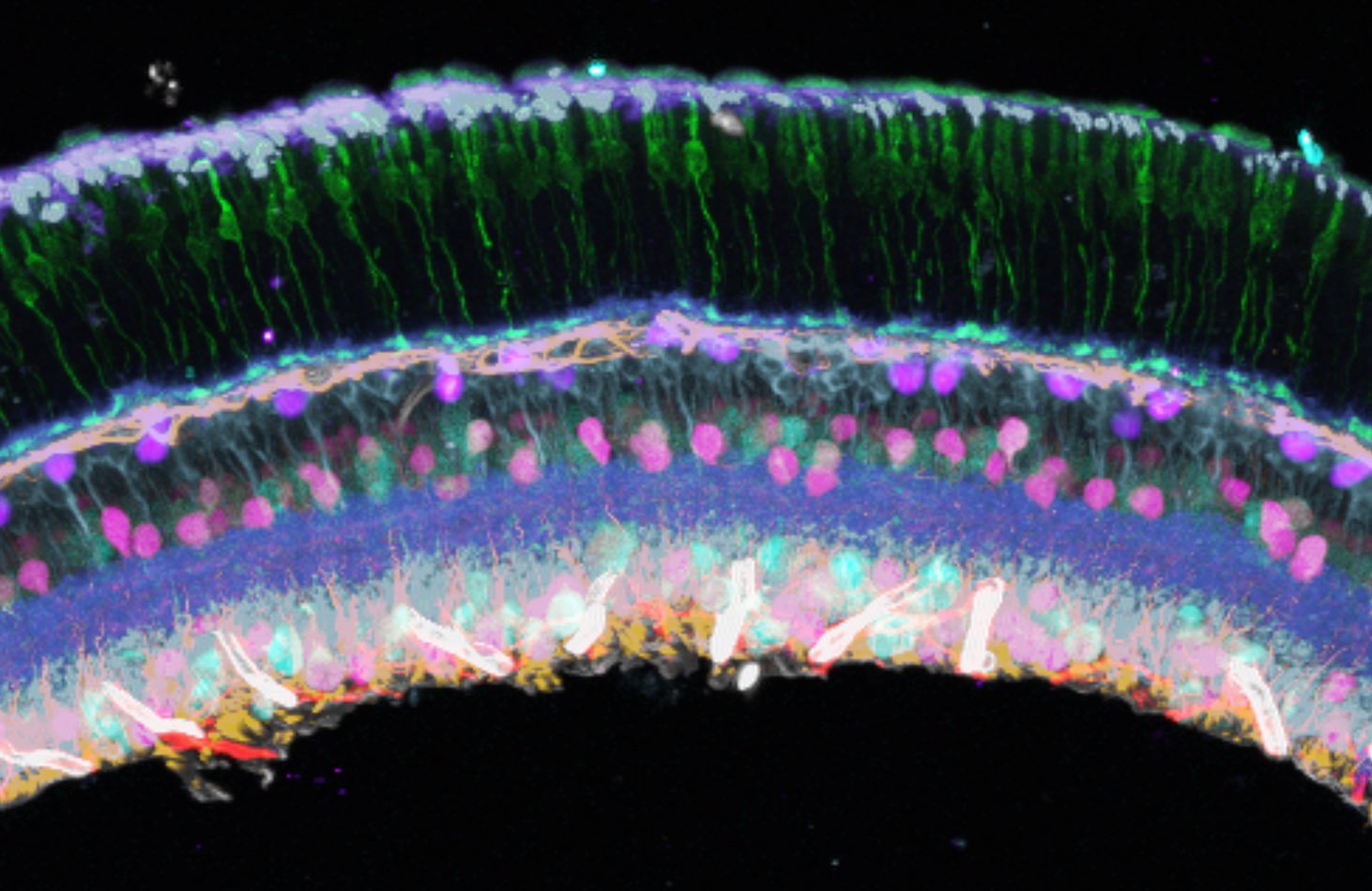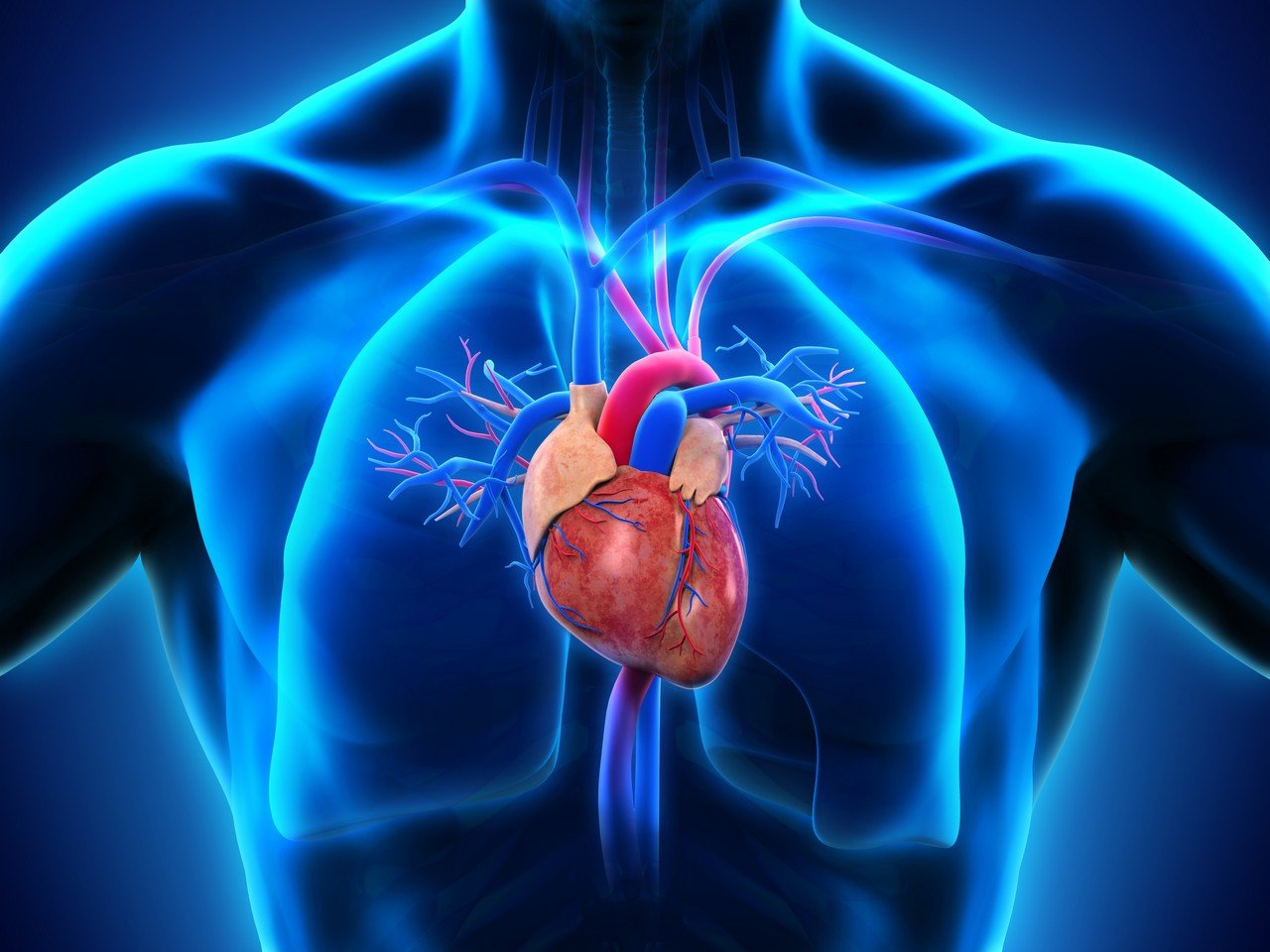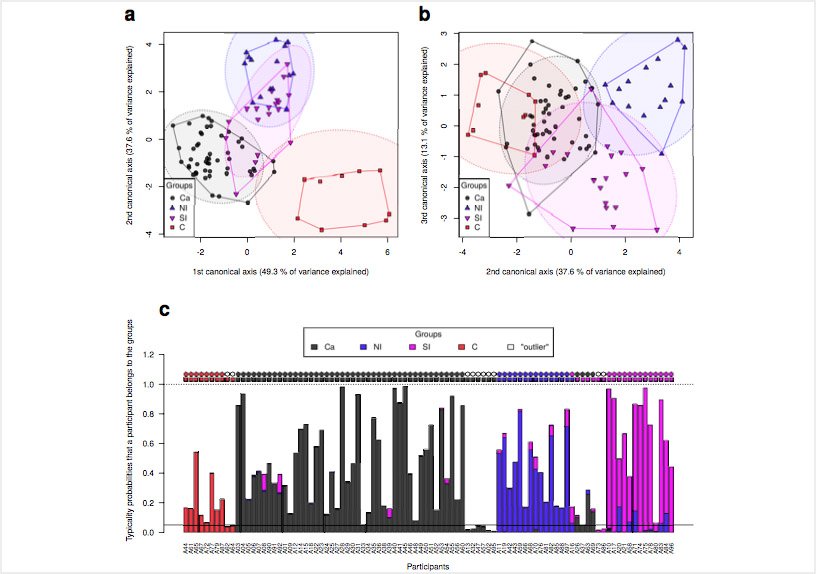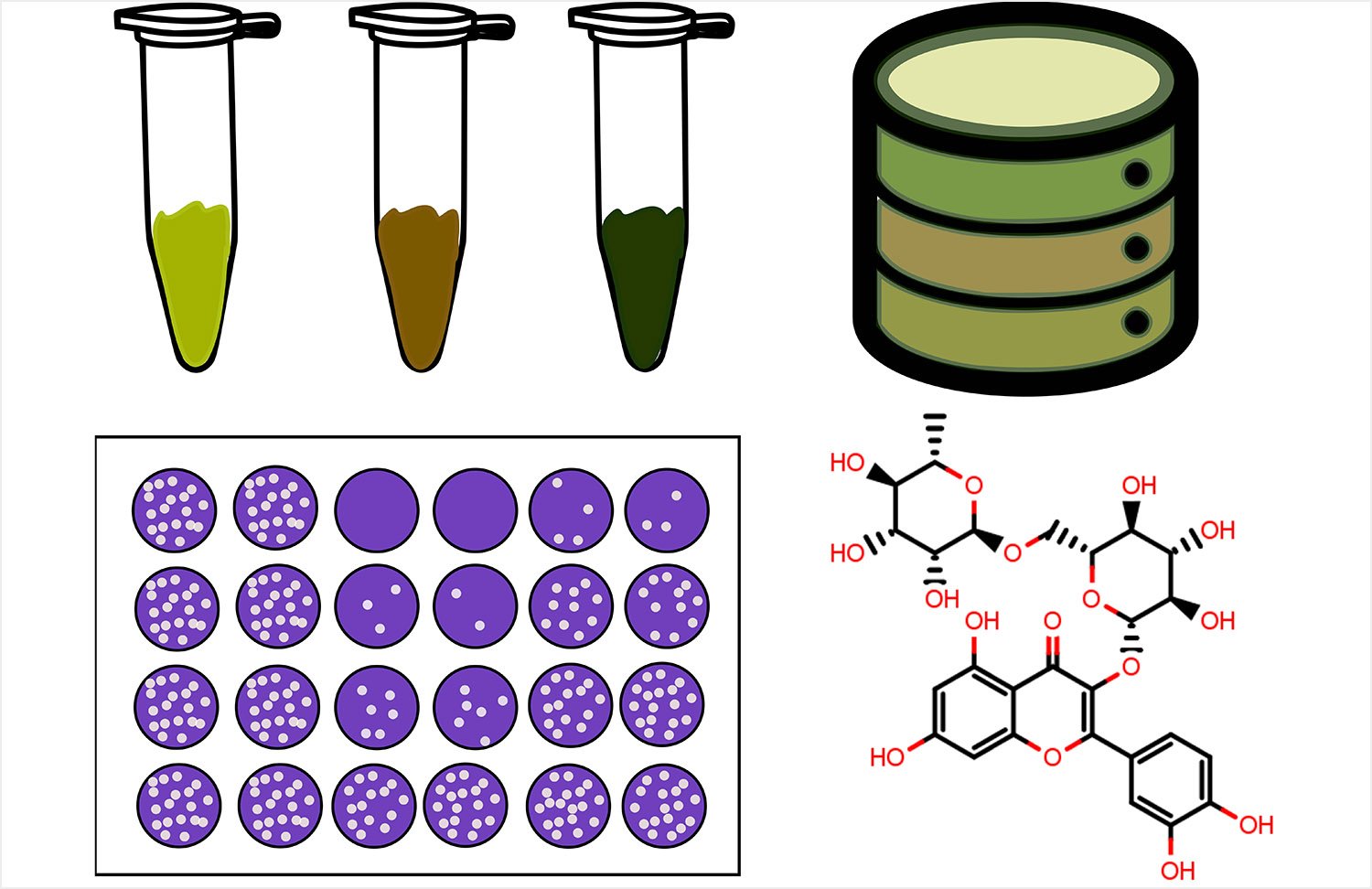Optic nerve stimulation to aid the blind
Scientists from EPFL in Switzerland and Scuola Superiore Sant’Anna in Italy are developing technology for the blind that bypasses the eyeball entirely and sends messages to the brain. They do this by stimulating the optic nerve with a new type of intraneural electrode called OpticSELINE. Successfully tested in rabbits, they report their results in Nature Biomedical … Read more
